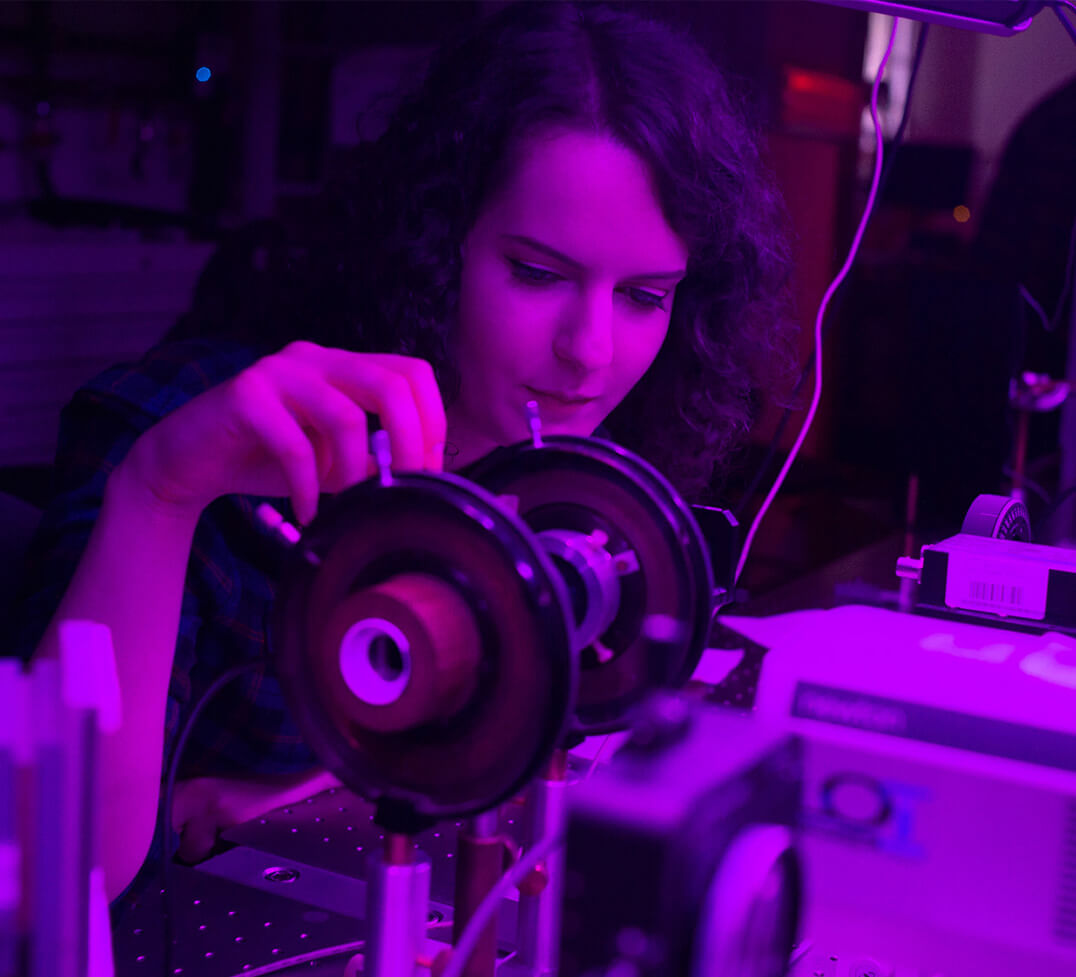Project Goals
Photonics is a well-established yet still thriving field of research and technology. It is also behind many innovations which have transformed our lives. Lasers, optical telecom fibres, cameras in our phones, LED lighting in our homes, computer screens & TV sets are just a few examples of how photonics has changed technology. As photonics has the potential to enhance innovations across several industries, it is included in Europe's Key Enabling Technologies (KETs) of the 21st Century.

A century ago the first quantum revolution deeply transformed physics and technology by introducing quantum description of the micro-world and, eventually, has contributed to the construction of useful devices: microprocessors, lasers or novel medical imaging instruments, just to name a few. The second quantum revolution we witness today aims at direct applications of quantum effects, which we believe will advance the development of the areas such as cryptography, sensors, computing and telecommunications.
Experimental research and development in photonics and quantum technologies requires proper tools. Acquiring such tools is the major aim of the investment project National Laboratory for Photonics and Quantum Technologies (NLPQT). The project implementation will allow us to build new research laboratories, a country-wide infrastructure for dissemination of the standard optical frequency and Quantum Key Distribution systems. Once completed the infrastructure will also offer research services to the photonics and quantum industries.
Steering Committee
Activities of the NLPQT Consortium are coordinated and supervised by the Project Board, which consists of two representatives of the Leader and one representative of each Partner. Tasks of the Project Board include: issuing opinions on actions undertaken by the Project Partners, supervising the progress of the Project implementation, indicating priority actions, ensuring timely and reliable performance of obligations connected with implementation of the Project and recommending changes in the terms and conditions of the Project within the limits provided for in the contract. The Project Board also approves changes in the division of tasks between Partners and settles disputes between Partners regarding matters related to the Project implementation and the performance of the contract. The Board can make decisions binding for Partners in the form of resolutions on matters reported by the Project Leader.
Members of the Steering Committee are:
-
Piotr Kossacki
piotr.kossacki@fuw.edu.pl more > > -
Erwin Maciak
Erwin.Maciak@polsl.pl more > > -
Paweł Mergo
pawel.mergo@poczta.umcs.lublin.pl more > > -
Katarzyna Chałasińska-Macukow
kmacukow@mimuw.edu.pl more > > -
Piotr Masłowski
pima@fizyka.umk.pl more > > -
Yuriy Stepanenko
stepanenko@ichf.edu.pl more > > -
Artur Binczewski
artur@man.poznan.pl more > >
Management
-
Czesław Radzewicz
kierownik projektu
radzewic@fuw.edu.pl more > > -
Michał Karpiński
koordynator Laboratorium technologii kwantowych
michal.karpinski@fuw.edu.pl more > > -
Piotr Masłowski
koordynator Krajowego systemu generowania i dystrybucji referencyjnego nośnika optycznego
pima@fizyka.umk.pl more > > -
Jarosław Sotor
koordynator Laboratorium technologii fotonicznych
jaroslaw.sotor@pwr.edu.pl more > >
